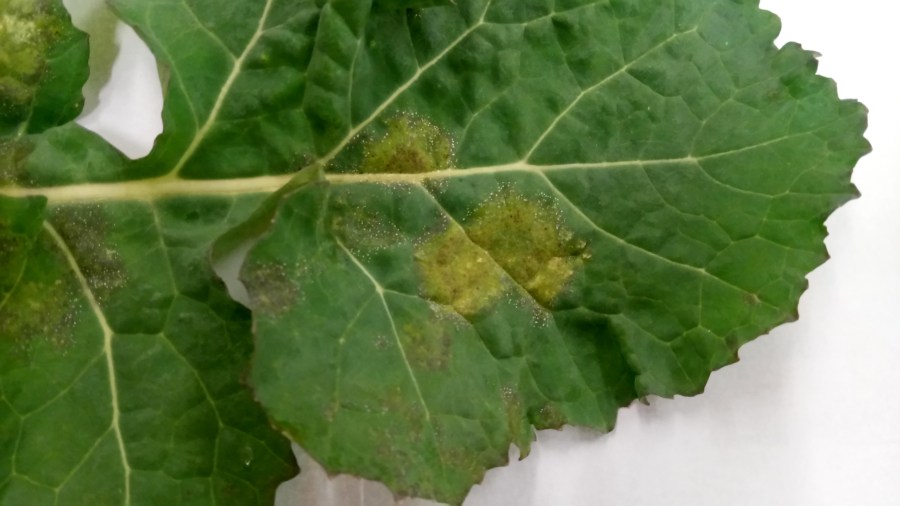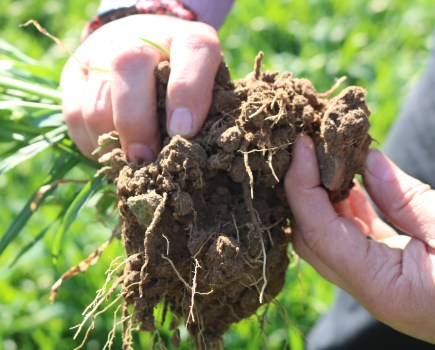Over 70% of oilseed rape plants sampled as part of Bayer’s latest SpotCheck initiative were confirmed as infected with light leaf spot. CPM reports.
During February 72% of oilseed rape plants analysed in Bayer’s free SpotCheck service tested positive for LLS infection. The highest level of disease was observed in Herefordshire, with 84% of plants infected three days after incubation.
The high incidence of LLS appearing in crops is likely a result of autumn spray activity coming to an end, explains Gareth Bubb, commercial technical manager at Bayer. “While many of these crops appeared disease free in the field, they demonstrated clear LLS symptoms after incubation.”
Prioritise control
In order to minimise the impact of heightening disease levels, oilseed rape growers in all regions could benefit from prioritising control of the disease, he adds.
“In the Herefordshire area we are receiving a lot of reports of LLS in crops, where autumn sprays are running out of steam. My advice would be to apply a fungicide with light leaf spot activity as soon as possible, such as Proline (prothioconazole).
“For those considering delaying spraying until green bud, I would urge them to consider going now with an LLS fungicide – using PGRs where needed – and then delaying the green bud spray until yellow bud to provide some early control against Sclerotinia.”
Unseasonably warm weather
According to Philip Walker, arable plant pathologist at ADAS, the unseasonably warm weather last month – including the warmest day in February on record – also has had an important influence on LLS levels.
“We usually see an increase in the levels of light leaf spot as temperatures rise in early spring. The time period from infection to visible lesions shortens under higher temperatures and the latent period is approximately 15 days at 12 – 15°C.
“These temperatures experienced at the end of February would have contributed to the rapid development of light leaf spot symptoms. At early stem extension, infection levels of the 15% plants affected caused an estimated 5% yield loss.
“As a result, it is vital to walk fields, check crops for light leaf spot symptoms and utilise services like the SpotCheck initiative to help with identification and confirmation of the disease.”




